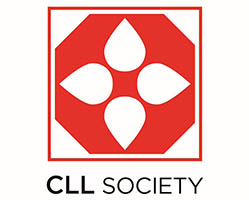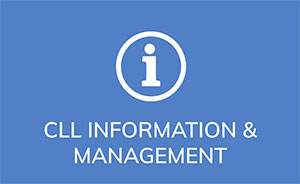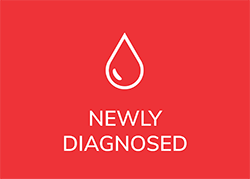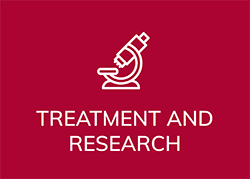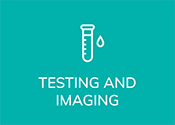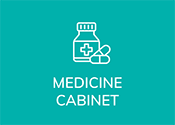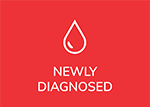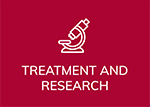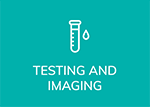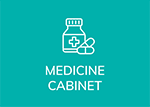What follows is just my opinion. Data are thin in many areas, but there are also some areas of solid research to guide us.
Many have read with trepidation the CNN headline on September 7, 2022, New Omicron offshoot BA.4.6 evades protection of Evusheld’s antibodies, study finds.
Is it finally time for those who are immunocompromised to acknowledge that COVID-19’s rapid evolution coupled with society’s indifference towards taking personal precautions has pushed us aside? The immunocompromised can no longer depend on the kindness of masked and caring strangers to lower transmission. Enter any indoor space, and you will find that masks have vanished like an ice cream cone in a heat wave.
With the rest of the world seemingly being “so over” COVID-19, are we soon going to be left completely unprotected and stuck at home again if vaccines and Evusheld no longer provide us those added layers of protection against developing severe disease and poor outcomes?
We never were able to blindly trust the vaccines or Evusheld for protection against infection. But coupled with masking, social distancing, other infection control measures, and knowing there are good antivirals available should I ever become infected, I have taken a slight sigh of relief this year.
According to CNN, the latest blow is that the BA.4.6 VOC is currently picking up speed in the US and may breach the last wall of defense for many immunocompromised and have received Evusheld. The passive protection provided by Evusheld’s monoclonal antibody cocktail has been providing pre-exposure prophylaxis (PrEP) to those who received it, and has offered a real chance to reengage with the world at a lower, albeit not zero, risk.
The CNN report, while concerning and a possible harbinger of news to come, is based on preliminary data that has yet to be peer-reviewed. The research it references is known by the FDA, CDC, and Astra Zeneca, but they have overridden it based on all the additional data they have at their disposal to review (including access to the more reliable “live” virus specimens), which encompasses much more information. They all have taken the stance that Evusheld is still effective (at least as of September 9, 2022), although it is less potent against all currently circulating VOC, including BA.4.6.
There are reasons to be skeptical of Dr. David Ho’s preprint article, “Resistance of SARS-CoV-2 Omicron Subvariant BA.4.6 to Antibody Neutralization” cited in the CNN article. First, the study included the use of synthetic singular monoclonal antibodies tested individually for neutralization rather than the actual Evusheld medication itself, which is a cocktail made up of the two monoclonal antibodies used together simultaneously. Also, the study utilized a lab-engineered pseudovirus to evaluate activity instead of the actual live virus itself.
I do not pretend to understand all the details of these studies, and I acknowledge that there is a second study that raises the same concerns. Still, I remain optimistic because the FDA had quickly pulled the plug on several other previously active COVID-19 antibodies that were used for treatment earlier in the pandemic (such as Sotrovimab and REGEN-COV) when they became ineffective. So for now, I am going to take it as a positive that this has not happened yet with Evusheld, and plan to get my next scheduled dose next month.
That said, a day of reckoning may be coming in terms of a new COVID-19 variant that evades both our current vaccinations and Evusheld. And unfortunately, it may be coming soon. There is good reason to expect that many of us with immunocompromising conditions, including those with chronic lymphocytic leukemia/small lymphocytic lymphoma, will once again find ourselves in a place where we are more vulnerable to developing severe COVID-19 should we become infected. That will be the time to be more concerned and even possibly worried.
So, is there any good news? The answer is yes.
An updated formula for Evusheld is in the very early stages of development, but it is not imminent any time soon. I know that AstraZeneca and other pharmaceutical companies have other monoclonal antibodies within their library that they can use to develop newly updated versions as needed. But development requires clinical trials and FDA emergency use authorization, and these things are not an overnight process. So, there may be a significant gap between if (or when) Evusheld fails and the FDA authorizes any new antibody cocktails.
Promising new monoclonal antibody therapies referred to as “pan-neutralizing” are also in early development with multiple companies. The goal of pan-neutralizing COVID-19 monoclonal antibodies is to create more “variant-proof” therapies utilizing newer technology combined with our better understanding of all the immunological unknowns encountered throughout the pandemic. You will be happy to hear that some lucky lab mice in Boston and Israel now have proven protection against all strains of COVID-19 after receiving monoclonal antibodies, which were developed to target a more stable part of the virus that do not mutate as rapidly as the mutations we have been seeing occur on the spike protein.
Also, newer “broad spectrum” vaccines are currently undergoing trials, and nasal vaccines are in the early stages of development specifically for the immunocompromised and immunosuppressed, which may provide better protection, especially in the longer-living T cells.
Vaccine boosters have given many with CLL / SLL significant, although less predictable and robust, rises in antibody levels. However, according to LLS data, many already have T cell protection. Moreover, there is now more reason to believe that the COVID-19 vaccines may be more protective than we can measure with simple blood tests that are available to the public (such as the semi-quantitative COVID-19 spike protein antibody test).
Finally, the currently available treatments for COVID-19 (Paxlovid, bebtelovimab, remdesivir, and maybe even high-dose convalescent plasma) are all very good at keeping us out of the hospital and the morgue. We can also thank the virus for improving outcomes. While being more infectious, Omicron subvariants have tended to result in milder courses of the disease and grow more in the upper airways than in the lower lungs. See this Danish study and commentary for some reassurance.
A well-fitted N95 or KN95 mask still provides a great deal of protection and is one of the few things that are cheaper and more accessible than earlier in the pandemic. Likewise, hand sanitizer still works and is also more affordable and accessible. And remember that social distancing still works, and it is free!
The bottom line is that the morbidity and mortality of CLL / SLL patients with COVID-19, while still far too high, are statistically much better these days compared to earlier in the pandemic.
This ever-changing landscape is a big issue that CLL Society has been keeping a close eye on for some time now. We will continue to focus on the best path forward with the information and resources available to us in the here and now.
We plan to continue arming our community with all the scientifically proven data so that everyone can best plan and prepare to help them make well-informed personal decisions. In doing so, we also stress that keeping an eye on the bigger picture is vital, which is much less depressing than it was not that long ago in the pandemic.
Stay strong. We are all in this together.
Brian Koffman, MDCM (retired), MS Ed
Co-Founder, Executive VP, and Chief Medical Officer
CLL Society, Inc.
